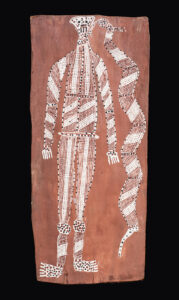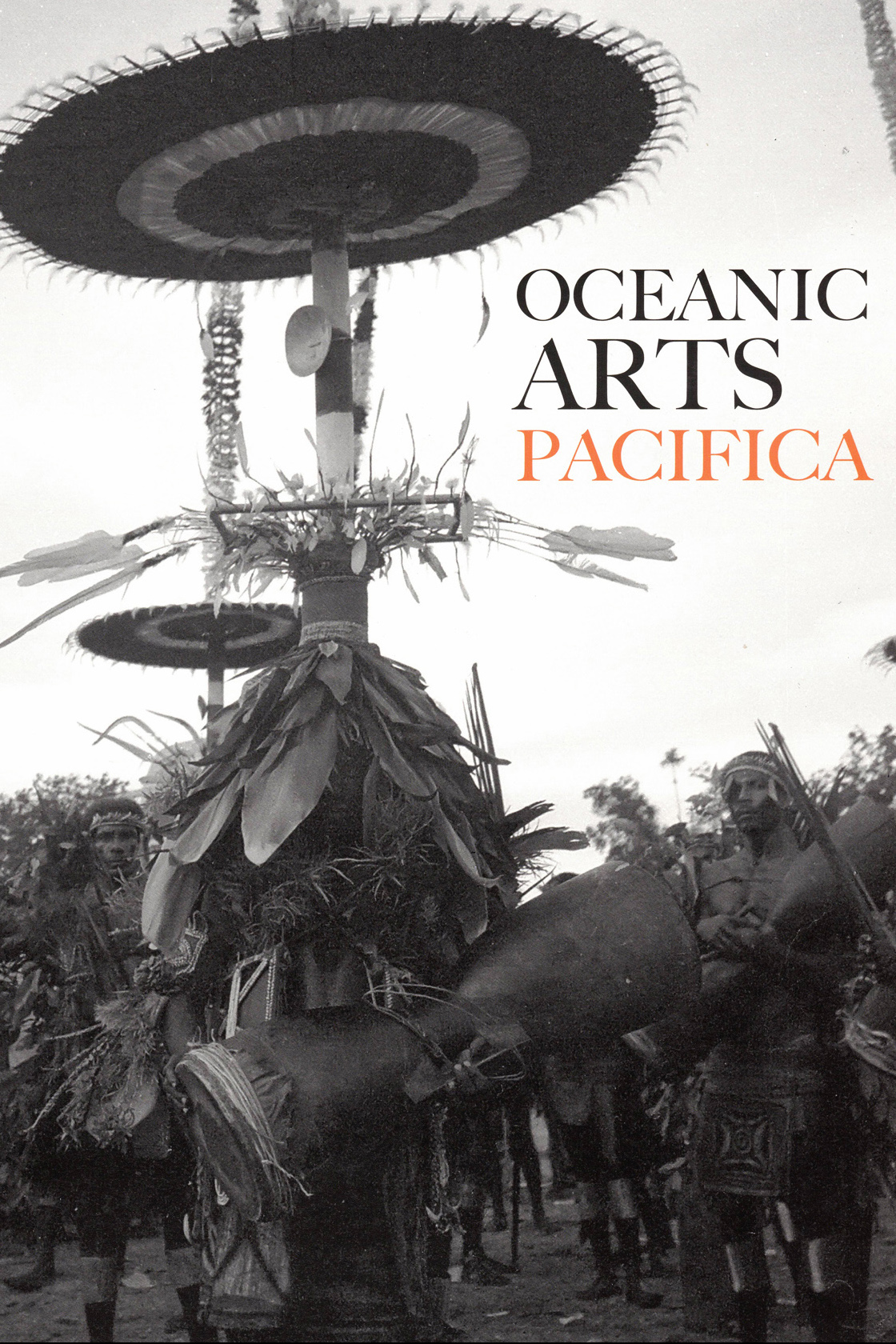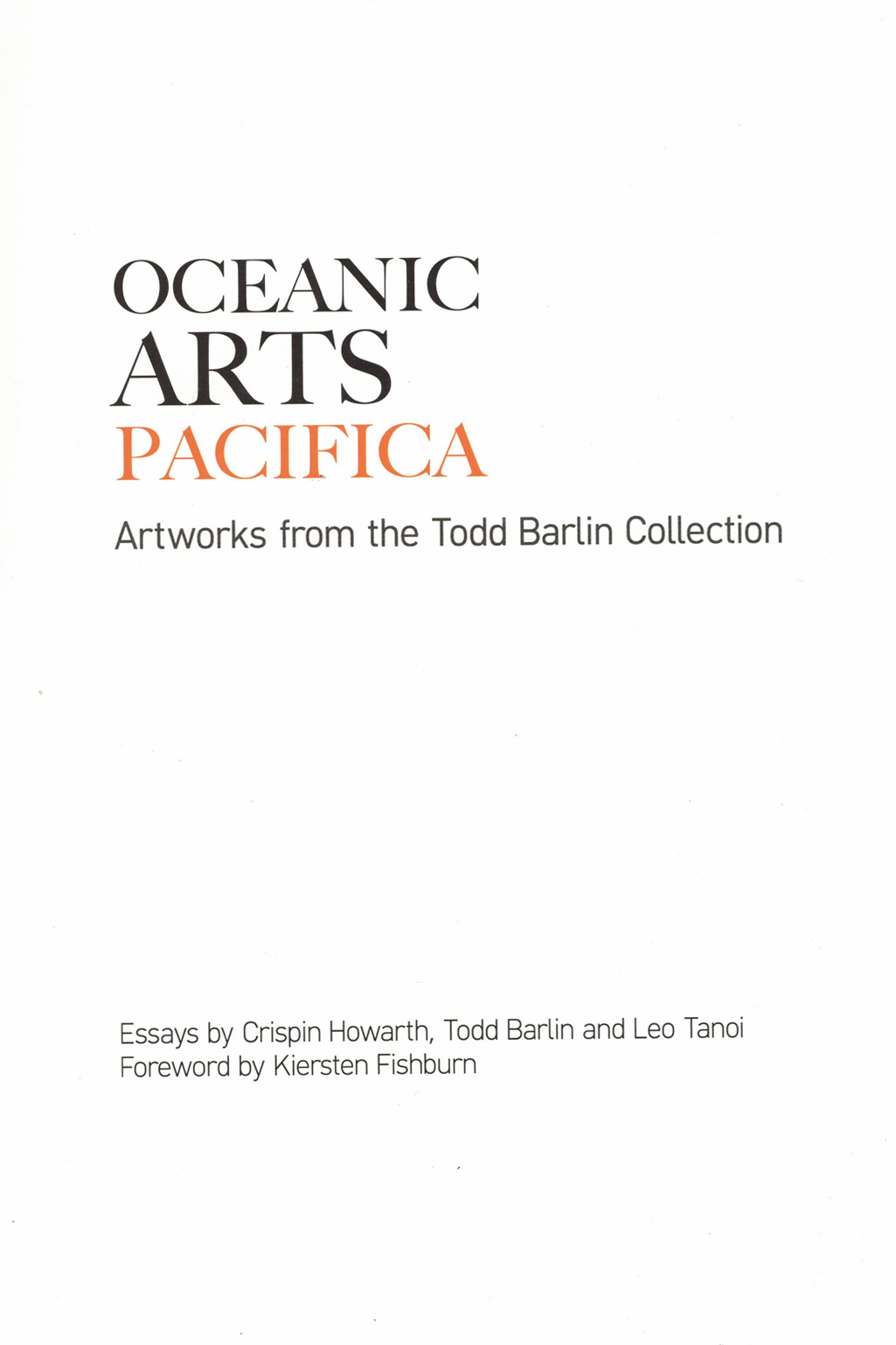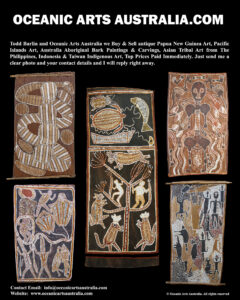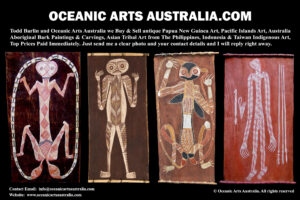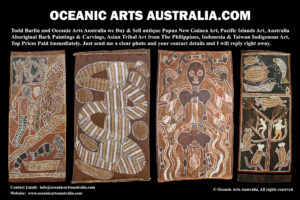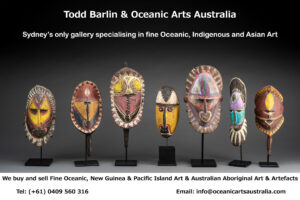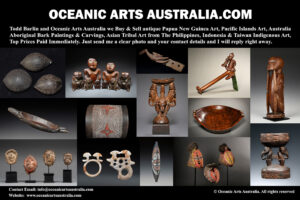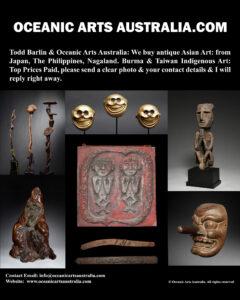A superb old Aboriginal Bark Painting from Western Arnhem Land Northern Territory Australia
| Collection No. | TB-4238 |
|---|---|
| Size | 68cm x 30cm |
This Superb Old Bark Painting of Bininj the First Ancestor and Naljord the Rainbow Serpent Oenpelli Area in Western Arnhem Land Northern Australia
This rare and beautiful painting depicts Bininj the First Ancestor and Naljord the Rainbow Serpent who appears to be gently licking Bininj the First Ancestor’s face.
The rainbow serpent is a powerful mythological figure for all Aboriginal people throughout Australia. Characteristics of the rainbow serpent vary greatly from group to group and also depending on the site. Often viewed as a female generative figure, the rainbow serpent can sometimes also be male. She has both powers of creation and destruction and is most strongly associated with rain, monsoon seasons, and of course, the colour seen in rainbows which arc across the sky like a giant serpent. For Aboriginal people in Northern Australia, the rainbow serpent is said to be active during the wet season.
Known as Ngalyod in Western and Central Arnhem Land, the rainbow serpent is mostly associated with bodies of water such as billabongs, creeks, rivers, and waterfalls where she resides. Therefore, she is responsible for the production of most water plants such as water lilies, water vines, algae and palms, which grow near water. The roar of waterfalls in the escarpment country is said to be her voice. Large holes in stony banks of rivers and cliff faces are said to be her tracks. She is held in awe because of her apparent ability to renew her life by shedding her skin and emerging anew.
Cross-hatching on bark paintings called Raark is one of the most distinctive and beautiful features of Arnhem Land Bark Paintings closely-spaced fine lines are drawn in particular colours, intersecting each other. The chosen colours may be specific to a particular clan, and the effect is difficult to describe but produces a deep impression on the viewer. Traditionally, the most sacred designs drawn on bodies during ceremonies were drawn with a quality called “bir’yun”, which is loosely translated as scintillation (as in the twinkling of stars) but carries a connotation of sunlight reflected off the sparkling water.
Indigenous Artists from the Arnhem Land in the Northern Territory, use crushed earth ochre pigments to paint on sheets of eucalyptus bark, they paint beautiful spiritual images of deep cultural significance that show their spiritual connection with specific tracts of country
Arnhem Land Rock Art sites are some thousands of years old where ancient rock shelters were painted and maintained over generations, Arnhem Land is world-renowned for its Rock Art.
The designs seen on Arnhem Land Bark Paintings are traditional designs that are owned by the artist, or his “skin”, or his clan, and cannot be painted by other artists. In many cases, these designs would traditionally be used to paint the body for ceremonies or rituals, and also to decorate logs used in ceremonies. Artists also would paint designs on the bark walls and roofs of their shelters where stayed during seasonal food gathering.
Provenance: The Todd Barlin Collection of Oceanic and Australian Aboriginal
If you have any Bark Paintings I am always interested in buying & I pay top prices for Bark Paintings that I like.
See my new EXHIBITIONS GALLERY showing the Museums and Art Galleries Exhibitions that I provided artworks for over the past 40 years. There is the link to the article about my artworks published in the prestigious Louvre Magazine in 1996
I have artwork for Museums and art Galleries but also for collectors at every stage of their collecting. I want to encourage people to explore the fine art of New Guinea & West Papua and the Pacific Islands and to be able to see and touch the artworks in a relaxed and friendly manner in my Sydney Gallery. I would like to invite you to visit my gallery and see the artworks in person and also look at my website www.oceanicartsaustralia.com where there are many Galleries & Sub Galleries to explore.
My Gallery of nearly 40 years is the last physical gallery in Sydney that specializes in New Guinea and Oceanic Art. Sydney is very close to New Guinea & the Pacific Islands where all of these amazing artworks came from, Australia’s closest neighbors.
To see many more rare items and the finest masterpieces, please make an appointment with us to visit the gallery.
For all inquiries, please contact us

